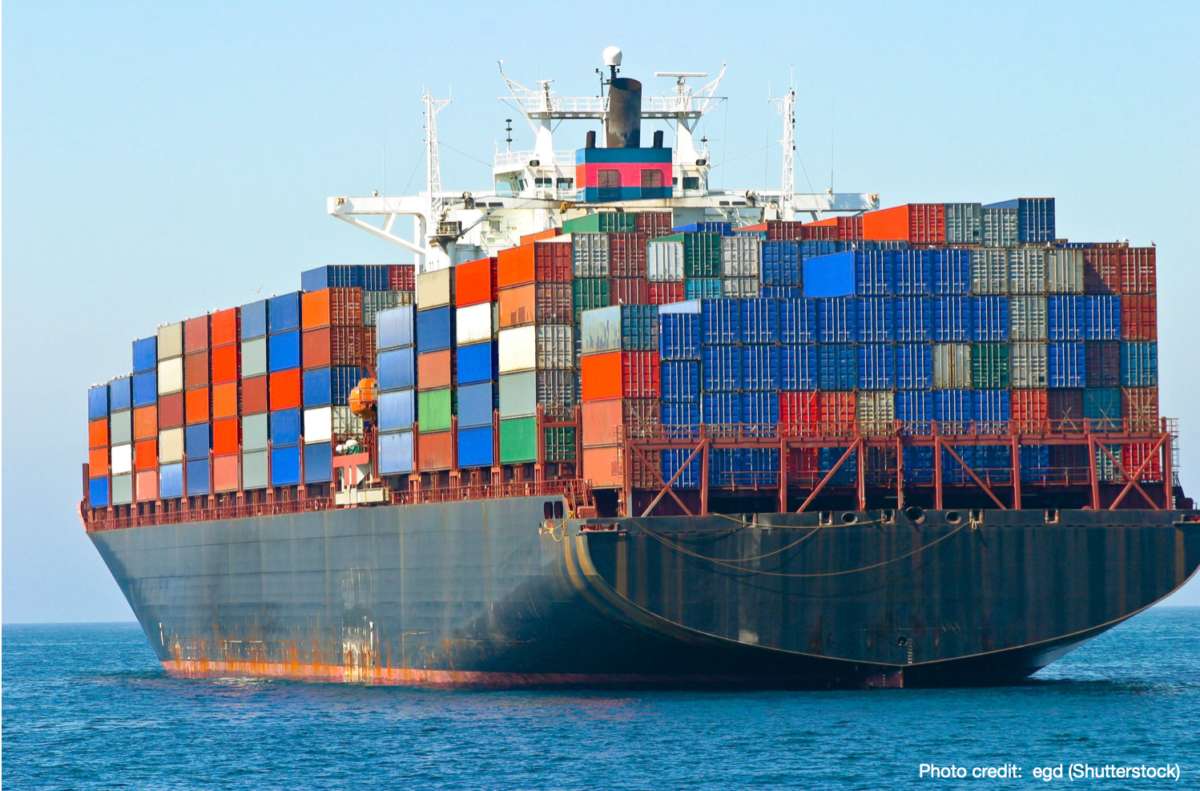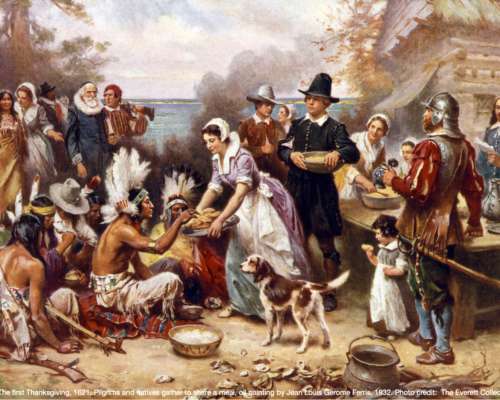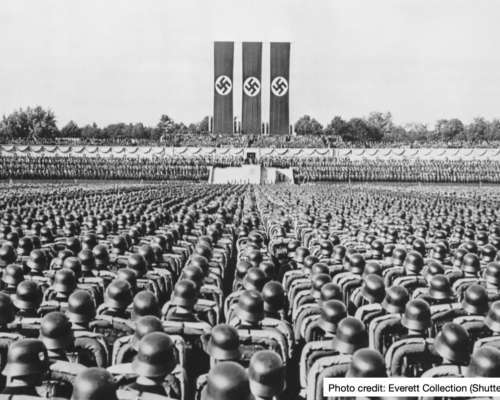Milkshakes “are missing from U.K.’s McDonald’s branches, tomatoes are rotting on Italian farms, and soldiers mingle with farmers on Vietnam’s rice paddies. All because of shortage of staff. A dearth of farm and slaughterhouse workers, truckers, chefs or waiters is hitting global food supply chains hard, causing processing slowdowns, delivery delays and empty supermarket shelves” according to Bloomberg.
The Coronavirus is largely to blame for the supply chain problems, of course, but there are other factors as well. According to this week’s Economist magazine, another piece of the puzzle deals with decarbonization. This refers tot he switch from fossil fuels to renewable, environmentally friendly energy, which is not going as expected. A second factor is the move (particularly in the U.S. over the past four or five years away from free trade to protectionism (in our case, to punish China for preceived grievances held by the previous administration.) In fact, it was not China but the American public and producers who bore the brunt of the tariffs from the previous administration.
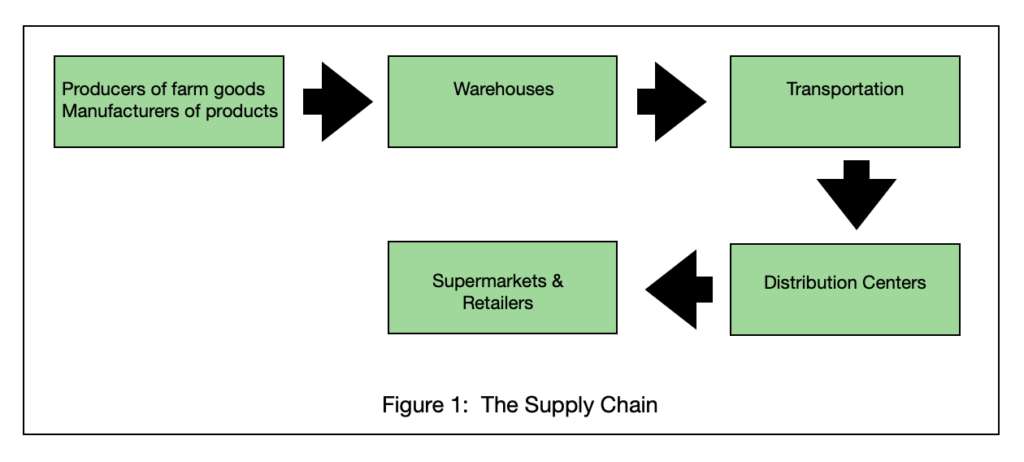
Let’s break it down
Farmers saw a decrease in meat demand as restaurants in America were shuttered in the Spring of 2020. Grains intended for fuel for cars went wasted when people stopped driving in the first few months of the pandemic. Food prices are rising in supermarkets and restaurant menus, but farmers and ranchers aren’t seeing the increase. Family farms that depend on additional workers for help are not getting that as workers are in short suppy across the country.
Most consumer goods are produced overseas where the pandemic is hitting especially hard. In those countries, factories are shuttered because of sick workers (as in this country.) Furthermore, we import more from China than any other country, and presently China has a severe energy crises, causing the country to ration electricity. Production of goods is therefore down, but demand remains strong, ergo inflation.
“Crewmembers have been stranded on their container ship vessels in some cases for a year or more without any shore leave, while others have had their contracts involuntarily extended eighteen months or more. Some crewmembers have resorted to suicide.”
Seattle Times
Transportation can be from the farms and factories to the warehouses, from country-to-country, and from the ports to the distribution centers and the distribution centers to the merchants. Trucks, large container ships as shown in the feature photo, or rail cars can be involved in this step of the supply chain.
There is a serious shortage of truck drivers in America as elsewhere (such as England.) Many U.S. truckers retired or cashed out when the pandemic first slowed shipping. This caused an increase demand for replacements which could not be met because the truck driving schools were temporarily closed. Current forecasts show that less Americans who might normally apply to truck driving school will actually do so in the future, preferring other blue collar jobs, instead. Also, a new trucking law in the U.S. that took effect the month the pandemic first began forced 40,000 to 60,000 truckers off the road because of drug or alcohol violations.
Transportation disruptions have also hit shipping. Ships have not been permitted to dock in many countries. This means that even when they may dock, their crews cannot leave the vessel for fear of COVID spread. “Crewmembers have been stranded on their container ship vessels in some cases for a year or more without any shore leave, while others have had their contracts involuntarily extended eighteen months or more. Some crewmembers have resorted to suicide.” According to USA Today, “as of Sept. 21, there were 153 ships of all types at both the ports of Los Angeles and Long Beach. Of those, 64 were at dock loading or unloading cargo, 60 were at anchor and 29 were adrift off the coast. The number has gone up since then, given the stringent, protective measures implemented by California during the pandemic and the increasing backlog at this bottleneck. Media are warning consumers to shop now for Christmas because of supply shortages, but they are not saying that many other items will be in short supply as well. By the way, there are interesting YouTube videos on life on a container ship. Here is one.
American goods are not reaching Asian destinations. Containers and thereby container ships currently make six times more money making the eleven-day run from Shanghai to Los Angeles than the other way around. Shipowners are taking advantage of this, and this reprioritization has created an critical imbalance. American exports sit near the U.S. ports with goods loaded waiting week after week for transport across the Pacific. Meanwhile, it is more profitible for a shipowner to immediately return to China after offloading in Los Angeles than waiting to pick up American cargo for sale in Asia and then losing more time waiting for it to be offloaded in Japan, China, or wherever (this, according to Forbes)
Distribution centers suffer from spot shortages of help and fluctuating demand from the retail outlets. Because retailers can’t accurately predict what the consumer demand will be month after month in these uncertain times, it is very difficult for distribution centers to have precisely the product that is needed.
Supermarkets and retailers. Online retailers did very well during the pandemic as consumers could order and receive nonperishable supplies and general merchandise quickly and without a substantial markup. But now the help shortage is cause delays in processing and fulfilling orders while the Postal Service is adding to the delay (and the cost.) It is not unusual anymore for people with a grocery list to have to visit two or three supermarkets to fill their order unless they do without items or accept substitutes. Further shortages (which are already on the way) or COVID or flu variants will likely cause shortages on toilet tissue, paper towels and cleaning supplies. WalMart and Cosco are already limiting sales of these items.
As governments around the world impose this policy or that policy (for example, rationing electricity in China or requiring dockworkers in California to be vaccinated), we move further and further away from a free market (i.e., demand economy towards) a command economy such as the Communist block used to have. And the longer it will take to untangle the mess afterwards. There are extraordinary times when government intervention or oversight is useful, but generally less government intervention in the marketplace is better.
This is a hint of what me might expect from the third horseman.
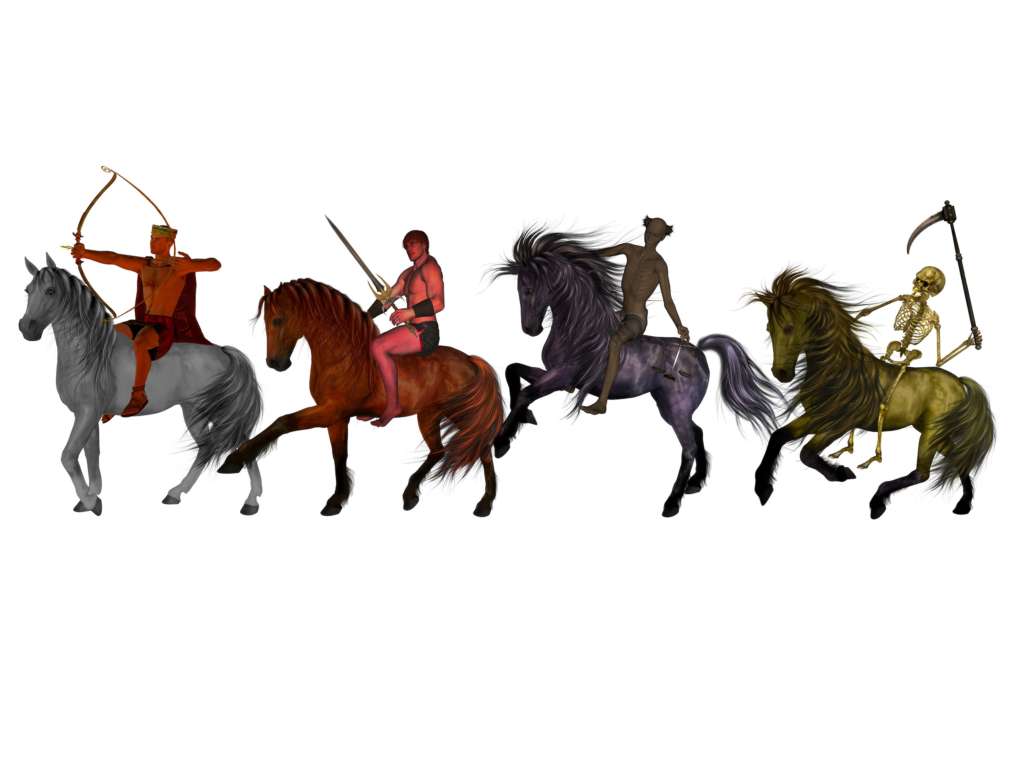
A good discussion on supply chain disruptions can be found on the White House site. See also Axios.
